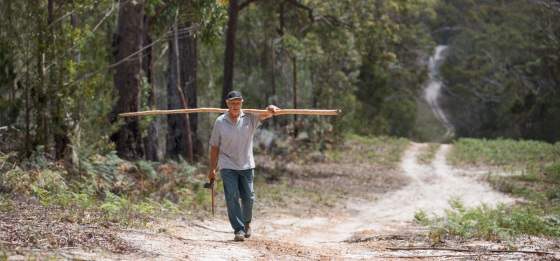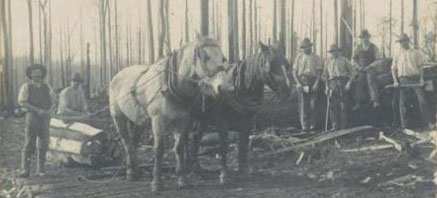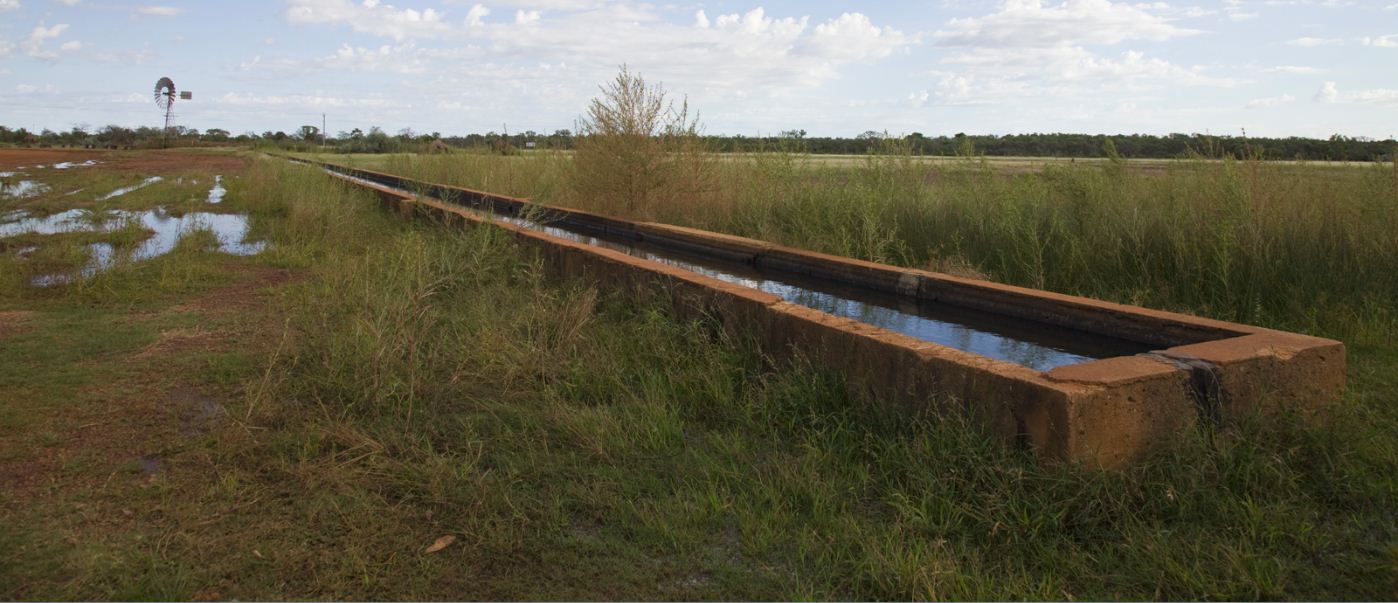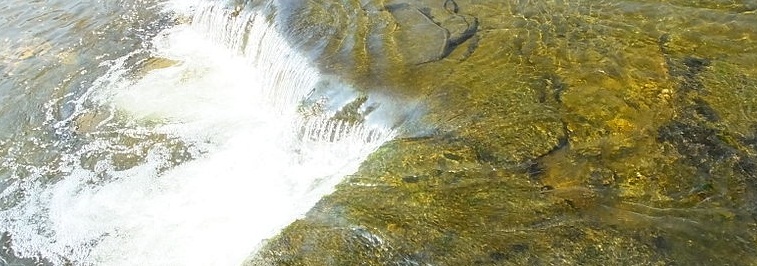Every dog has its day
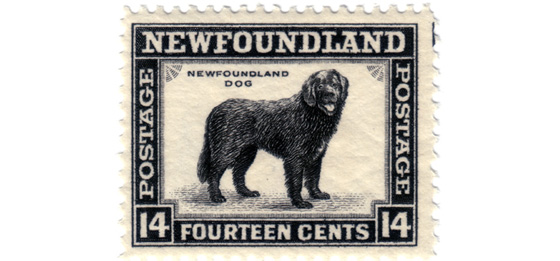
The story of Nelson the Newfoundland’s collar is a classic tale of Melbourne in the late nineteenth century – dog rescues cab driver from drowning in Swanston Street.
Walking in central Melbourne when storm clouds gathered was a risky business – dozens of people were killed or injured in torrents of stormwater that rushed down city streets laid over ancient watercourses leading to the River Yarra. But recovering the story of Nelson’s heroic rescue has turned out to be a quintessentially twenty first century tale.
We first spotted Nelson’s collar in a Sotheby’s auction catalogue. The copper collar with brass studs was engraved ‘Dog Nelson, W Higginbotham, 122 Swanston St’ – and an historian at Sotheby’s probably put these tantalising details into an internet search engine – hopeful perhaps of finding some personal information about Mr Higginbotham.
But thanks to the painstaking work of our colleagues in the library world, he found a lot more than that. From Trove, the National Library of Australia’s searchable archive of Australian newspapers, he found accounts of the efforts of Nelson, his master Mr Higginbotham and another man to save Thomas Brown from being swept into a deep drain in a Melbourne rainstorm in November 1881.
In Picture Australia (now part of Trove) he could have found an engraving of the rescue itself with a note from a diligent cataloguer that a collar connected with Nelson had been sold at another auction several years earlier.
All of this information went into the catalogue entry – which piqued our interest in the collar as a fantastic object to connect visitors with the perils and particularities of Melbourne’s environmental history.
We did our own research too – and the internet was helpful in many ways, not least to uncover the history of the Newfoundland in Australia, lovingly documented by dog clubs across the country, and check the diameter of an average Newfoundland’s neck – so we could be sure the collar hadn’t actually been worn by a teacup poodle. We also cross checked images of the collar from the previous auction – and noted that it had been given a good rubbing with the Brasso since it had last come up for sale.
Knowing it had such a rich history, we were delighted when we were able to purchase the collar following the auction in November 2011.
Other teams at the Museum then raced into action – as we knew the 130th anniversary of the rescue was only a week away. Registration was able to arrange for the collar to be transported to the Museum quick smart. With the web team we created a new collection highlight complete with links to the rescue engraving, Trove’s newspapers, and Melbourne Water’s contemporary interactive game about the causes of city flooding. The media section arranged for Tony Wright, one of the senior writers at The Age, to prepare a gripping page three story on the anniversary – which was followed by a series of radio interviews. And we posted tweets and Facebook status updates leading digital visitors to the collar.
One of the things we asked readers, listeners and web visitors was – do you know anything more about the collar? And happily – they did! We’re still not completely sure of the chain of events, but it seems someone who follows us on social media got intrigued by the story, and off their own bat tracked down a Higginbotham in the phone book, rang him up and told him all about the collar. It wasn’t long before the contemporary Mr Higginbotham was looking at the collection highlight, and emailing the duty curator to say he was a descendent of Bill Higginbotham, Nelson’s owner, and that he had lots of information about the family, details of who gave Nelson the collar, and even a photo of Nelson with Bill! He also let us know that a Melbourne band, The Bastard Children, had written a song about Nelson, after they’d seen the story in the paper – something he’d found while looking for us.
It’s quite thrilling the way this story has come together. It’s probably unlikely that we could have found out so much about Nelson the dog even five years ago: without Trove historians would have needed a lot of patience and a lot of luck to reconnect the scant details on the collar, which had passed out of the family and lost its associations, with the events of that stormy night in 1881.
This kind of collaborative internet- and media-based collections research, which connects the museum with interested people all around the world, is becoming more and more important for us as we seek to uncover the astonishing web of connections that an object like a well-worn dog collar is woven into.
If you would like to see Nelson’s collar for yourself, it’s on display in the Melbourne exhibit of the Landmarks gallery.
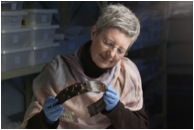
Do you have a similar story of serendipitous discovery around an object – especially one where the internet has unlocked its history?
Image (top): A Newfoundland postage stamp. By Jcmurphy at en.wikipedia [Public domain], from Wikimedia Commons
